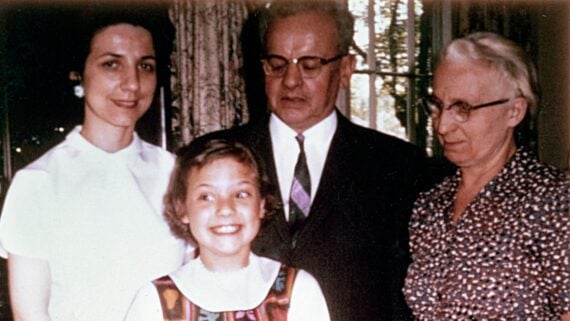Whitney Houston

The six-time Grammy winner died at age 48 in a hotel bathtub, deeply in debt. Despite making a $100 million deal with record label Arista in 2001, by the time of her death in 2012 she was roughly $20 million in debt.
Ironically, her heirs have made millions off of the singer following her death, cutting a deal with music publishing company and talent management agency Primary Wave for $14 million as well as deals for a Funko Pop figuring, perfume, and make-up.
Michael Jackson
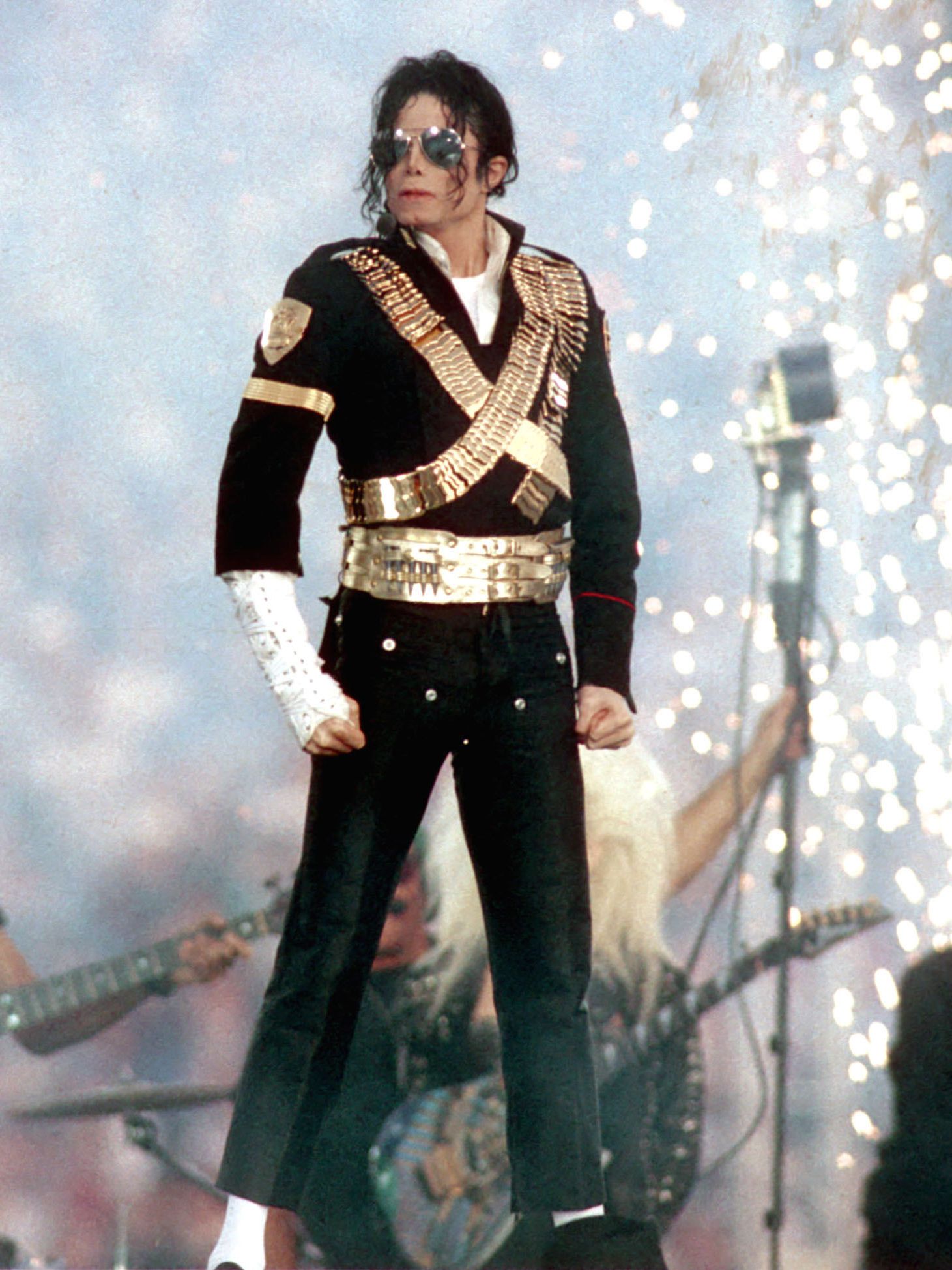
There was a surge in music sales after his death, though, and Sony paid $250 million to extend its rights to Jackson’s back catalog due to expire in 2015.
Judy Garland

When she overdosed accidentally at age 47, she had just $40,000 left of the millions she had earned in her lifetime. In her final will, many bequests she had made could not be fulfilled due to a lack of funds.
Her daughter Liza Minelli ultimately paid off her mother’s debts with the help of crooner and family friend Frank Sinatra.
Marvin Gaye
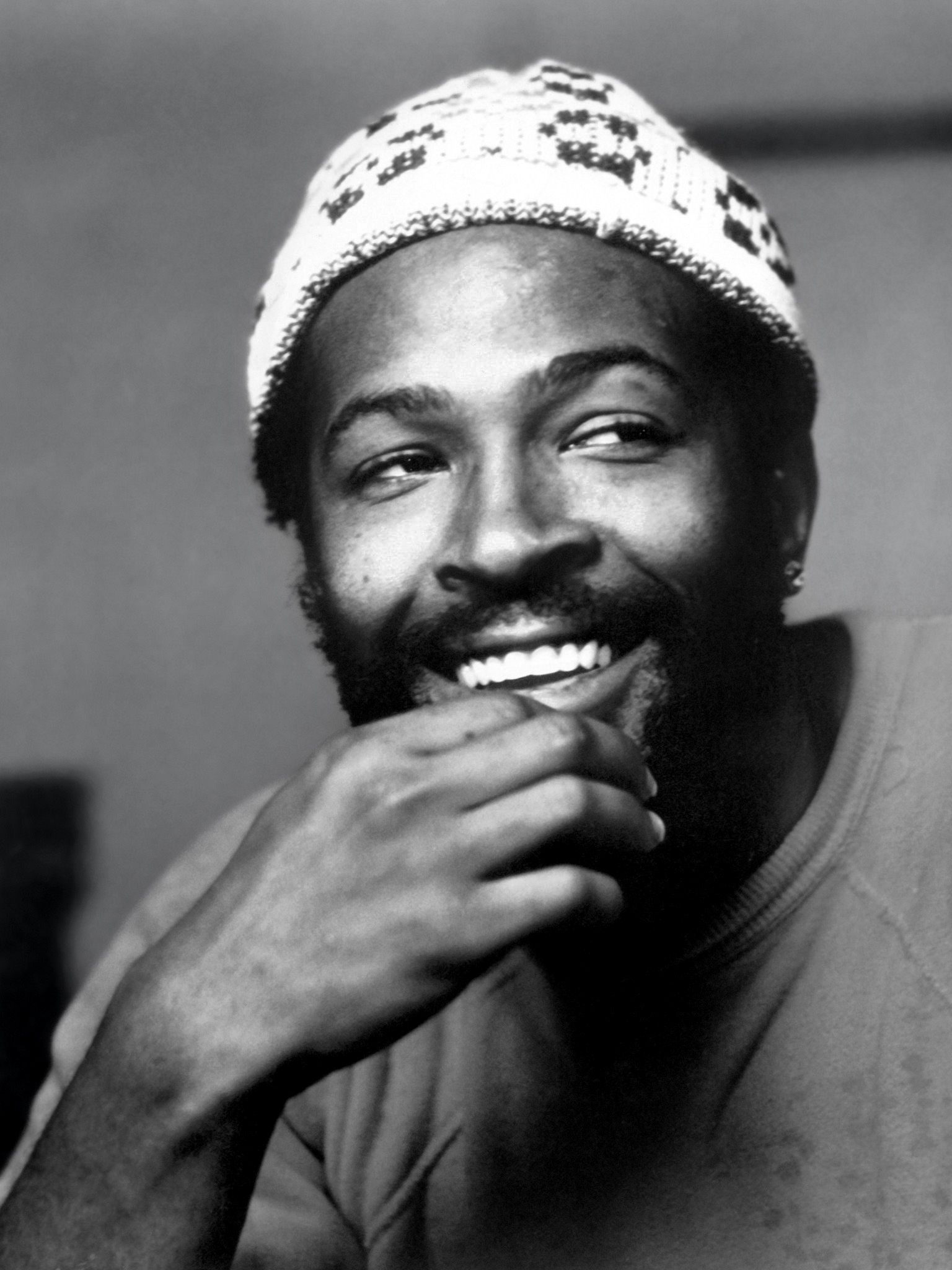
Gaye also owed back alimony of $300,000 and had a total of $1.9 million in debt. Royalties from his work eventually paid off those debts after his death.
Mickey Rooney

In addition to the expenses he incurred by marrying eight times and divorcing six, he filed for bankruptcy in 1962 for mismanagement of his earnings. Things didn’t improve when he later entrusted his finances to a stepson who used the money to bankroll his own upscale lifestyle. The Hollywood Reporter claimed in 2015 the actor was frequently abused and financially drained by family members in the last years of his life.
When he died of natural causes at age 93 in 2014, he had only $18,000 as well as medical bills and back taxes. Once his estate was settled, there wasn’t enough left over for a public funeral.
Trending on Cheapism
Sammy Davis Jr.
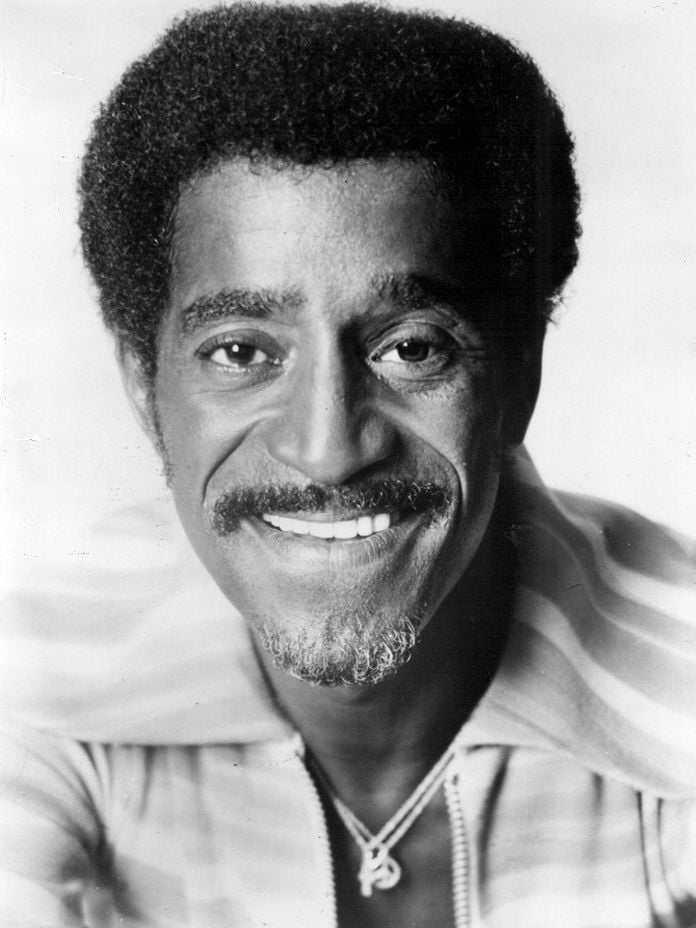
His widow was forced to auction his property and real estate to cover some of the bill, and friends including Quincy Jones and Ed Asner participated in a fundraising concert in Las Vegas to help with the rest.
Corey Haim
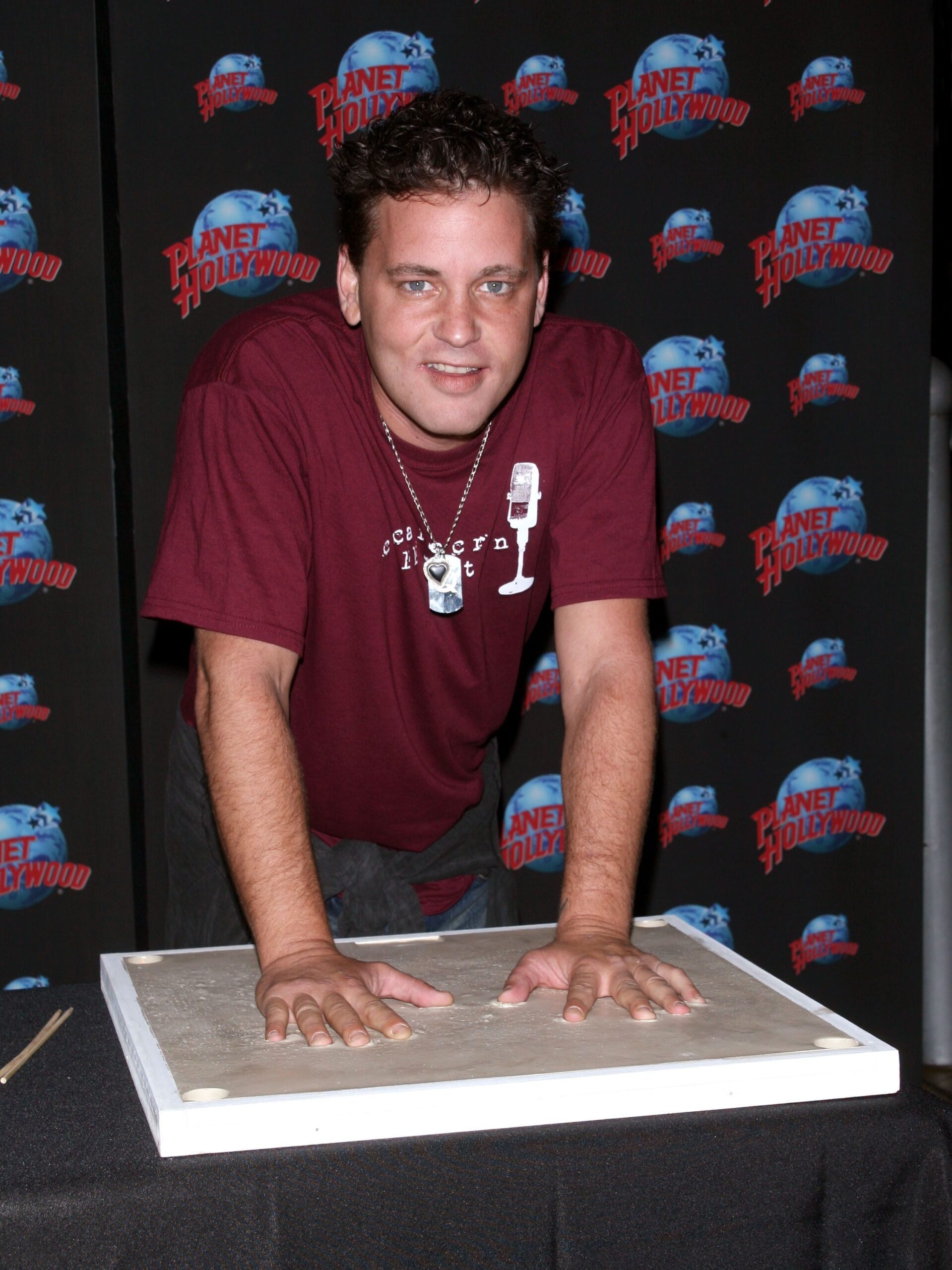
The one-time teen star of “The Lost Boys” and “License to Drive” slipped into drug addiction, dying of pneumonia at age 38 in 2010. His financial problems began after he was sued by Lloyd’s of London for $375,000 for failing to disclose his drug addiction on an insurance form.
After that, acting jobs were few and far between. He filed for bankruptcy in 1997, claiming to owe $100,000 to the IRS and have $100,000 in debt with just $100 in cash, $31,000 in a pension fund, and royalty rights of $7,500. After his death, his family asked fans to help cover his funeral expenses.
Gary Coleman
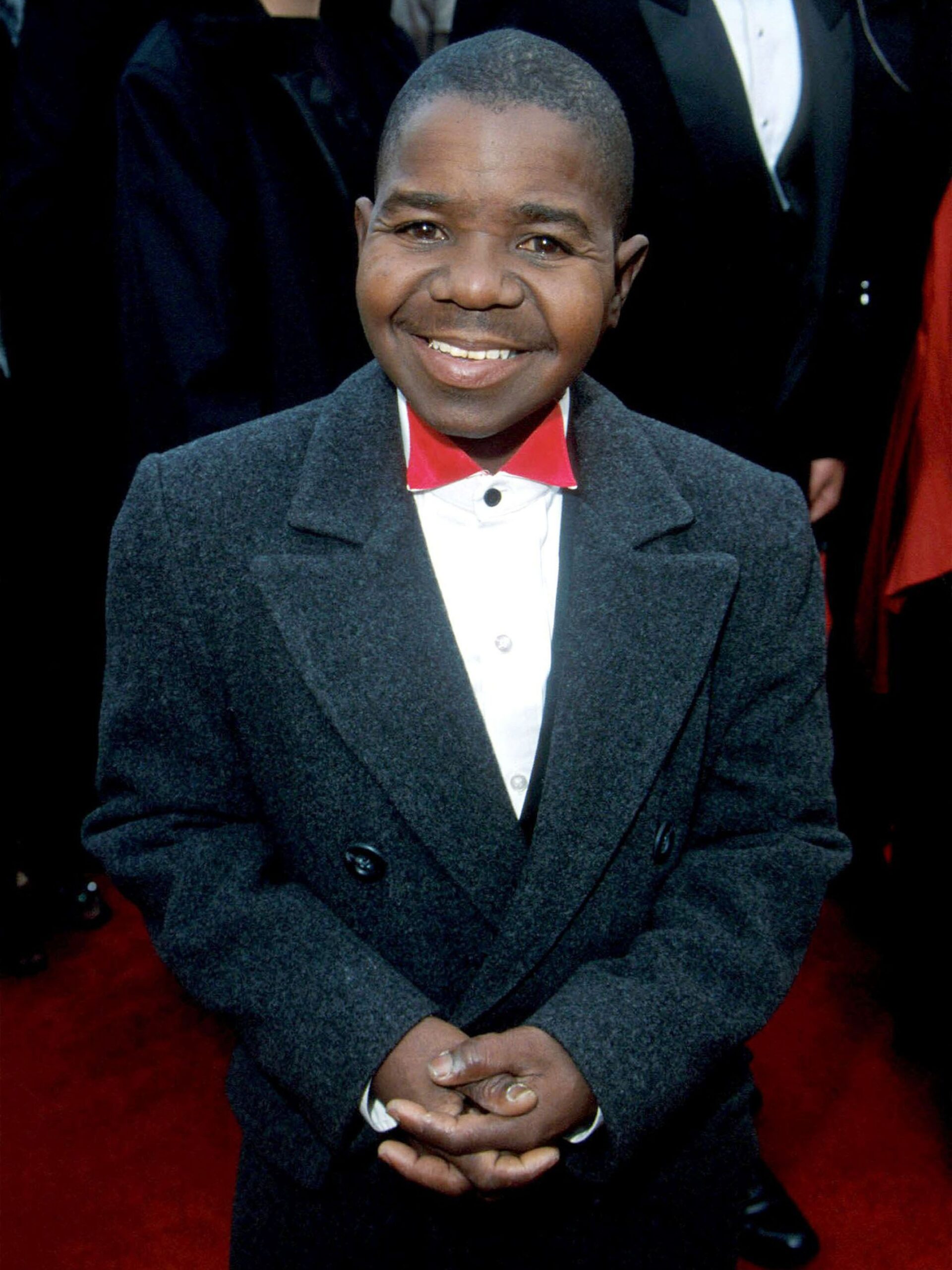
The child star of “Diff’rent Strokes” successfully sued his parents and managers for misappropriation of funds in 1993, but declared bankruptcy in 1999. Coleman was plagued with health problems throughout his life, undergoing frequent dialysis sessions and two kidney transplants.
In 1999, to raise funds for his continuing medical care, he auctioned off personal items including an ice scraper and what was described as a “tiny pimp suit.” When he died of an epidural hematoma at age 42 in 2010, he was said to have $70,000 in debt.
Sign up for our newsletter
Andy Gibb

The younger brother of Bee Gees’ singers Barry, Maurice, and Robin Gibb, Andy Gibb scored a hit with “I Just Wanna Be Your Everything” but descended into a $1,000 a day cocaine addiction and depression.
At the time of his death from myocarditis in 1988, Gibb was just 30 years old but owed millions to creditors and his managers.
Florence Ballard
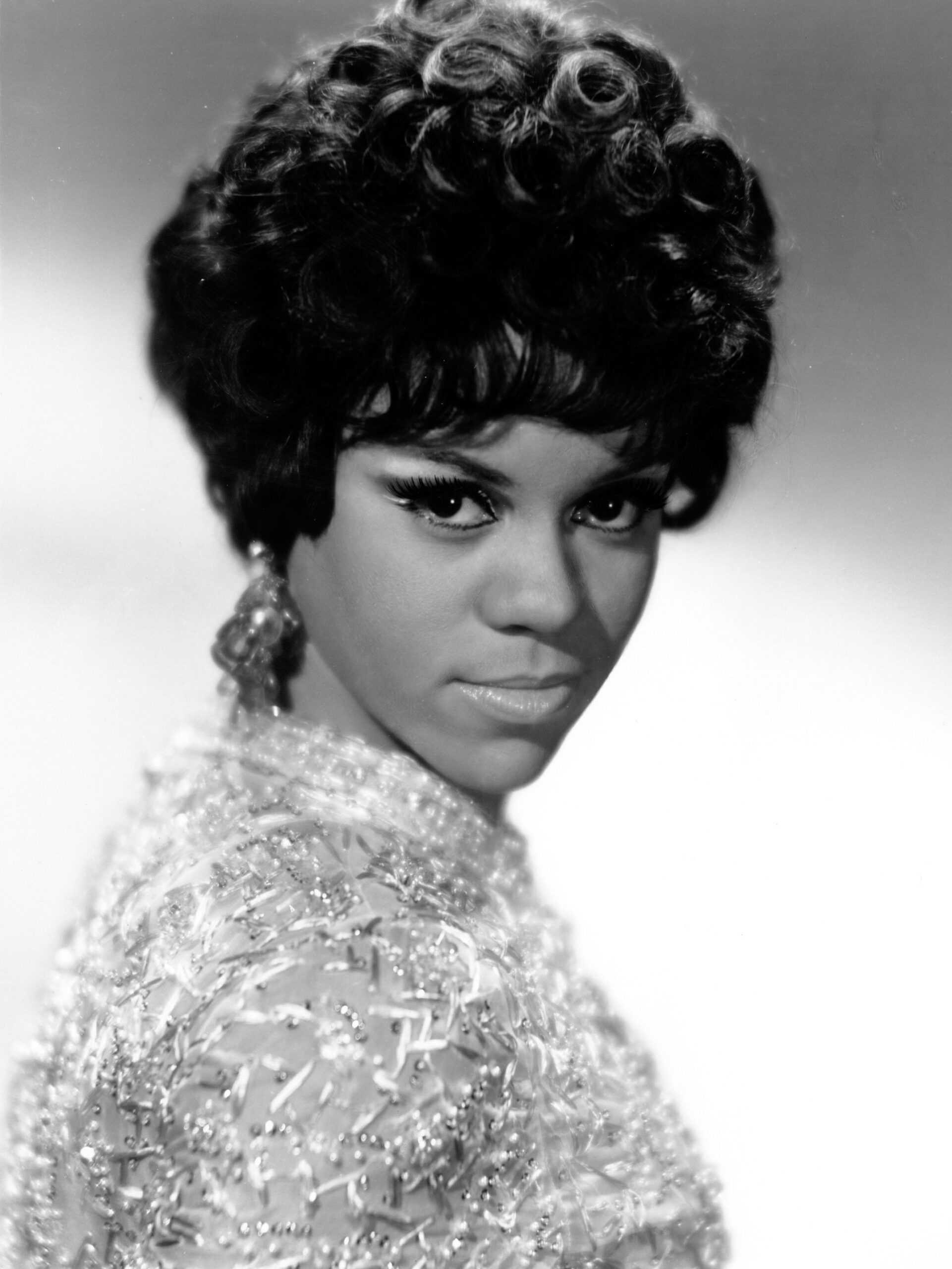
A solo career went nowhere, and as a single mother of three she applied for welfare in the 1970s.
Rick James

When he died, he left $250,000, an uptick in revenue likely due to a career resurgence stemming from an appearance on “Chappelle’s Show.”
Harry Nilsson
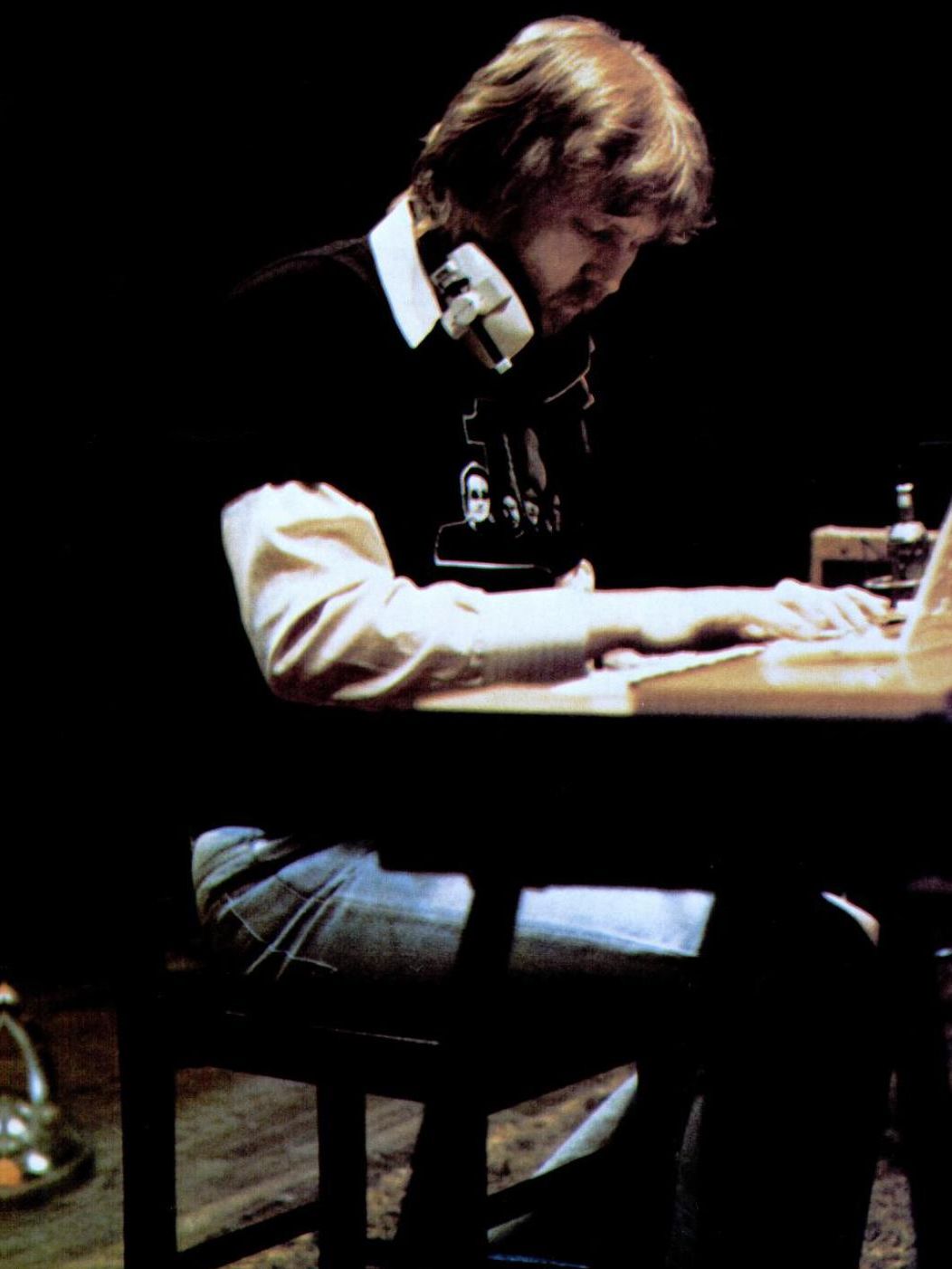
The singer/writer of “Everybody’s Talkin’” who was known as the “American Beatle,” Nilsson died of a heart attack at age 52 in 1994. After scoring hits in the ’60s and ’70s, his career cooled and Nilsson lost his earnings when his financial adviser, Cindy Sims, embezzled all his money.
Due to Sims’ swindling, he was left with $300 and significant debt that was unresolved at the time of his death.
Joe Louis
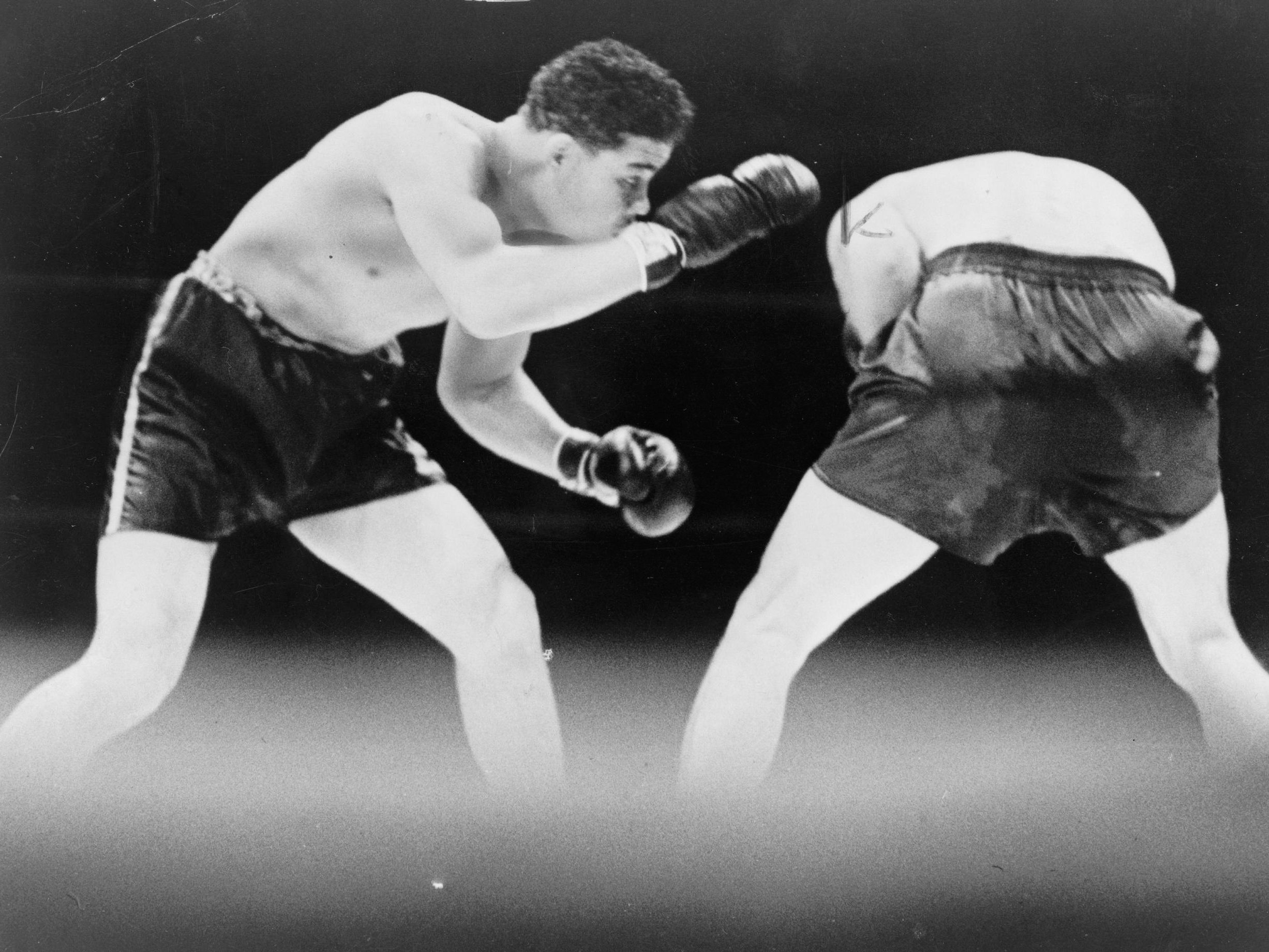
Worse, engaging in charitable fights for the military during WWII landed him in hot water with the IRS that would last for the rest of his life (and beyond). The IRS claimed, despite all the money raised going to charity, that Louis owed taxes on it, a fee that ballooned to more than $1 million with taxes and penalties.
Louis also bought homes, cars, and schooling for his parents and siblings, and paid back the government for any welfare funds they’d received. To pay his enormous tax bill, he turned to professional wrestling and repeatedly came out of retirement to box — with diminishing results.
Ultimately, former rival Max Schmeling and mobster Frank Lucas (who was disgusted with how the government had treated Louis) provided financial help, and the IRS agreed to limit its collections to amounts based on his post-retirement income. Though he was broke, these dual donations allowed him to live comfortably until he died of a heart attack at age 66 in 1981.
Erin Moran
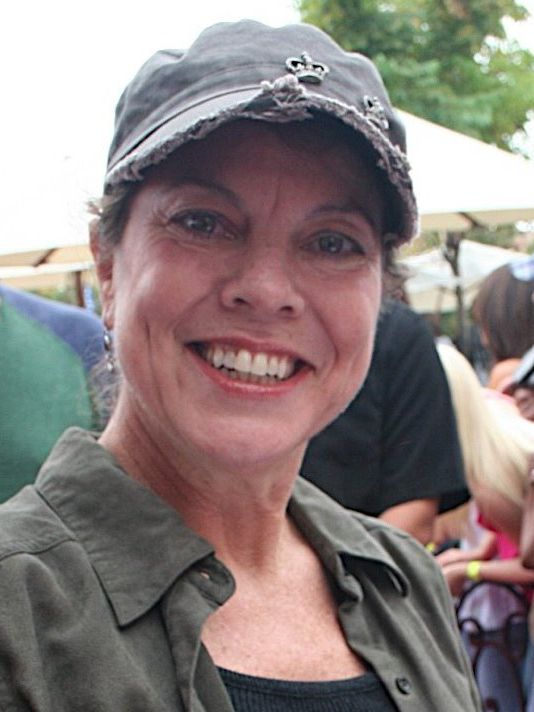
The “Happy Days” actor found it hard to find work after the show ended in 1984 due to her problems with depression. Her California home went into foreclosure in 2010, and she was served with eviction papers. She moved into her mother-in-law’s trailer in Indiana, but was reportedly kicked out after a drunken fight with her.
Moran, who was living with her husband bankrolled by a dwindling $56,000 settlement for unpaid merchandising revenue from CBS, died in 2017 at age 56 of throat cancer.
Omar Sharif
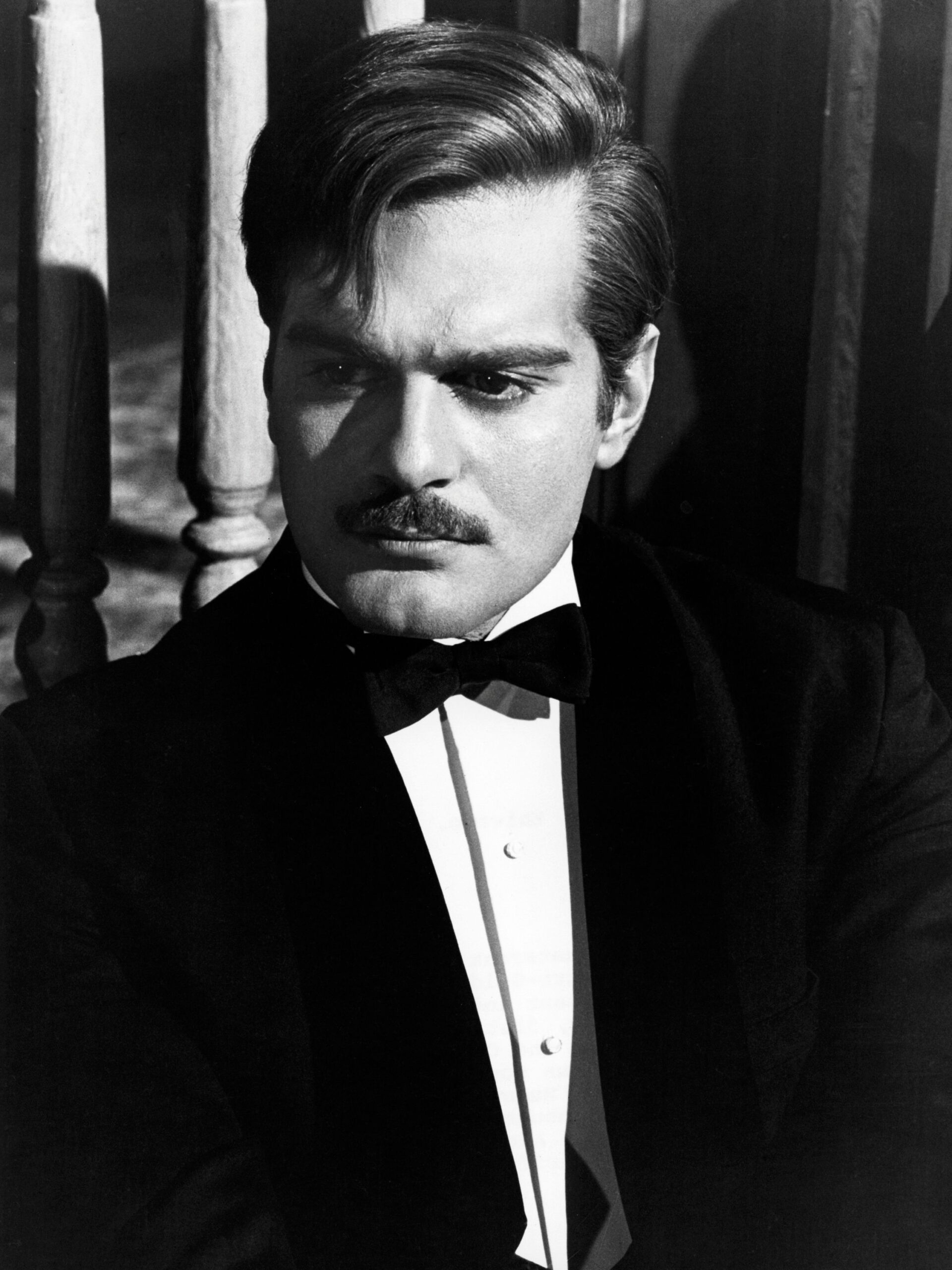
The Egyptian actor who starred in “Doctor Zhivago” and “Funny Girl” was also considered one of the best 50 contract bridge players in the world at one time. Though he spoke (and acted) in six languages, his reputation for carousing, drinking, and gambling ultimately cost him dearly.
He lived in Paris for years to have better access to the city’s casinos and the nearby racetrack. He gave up roulette only after losing almost $1 million in a night and having to sell his home to cover the debt, though that didn’t stop his spending. He died of a heart attack in an Egyptian hospital at age 83 in 2010.
Billie Holiday
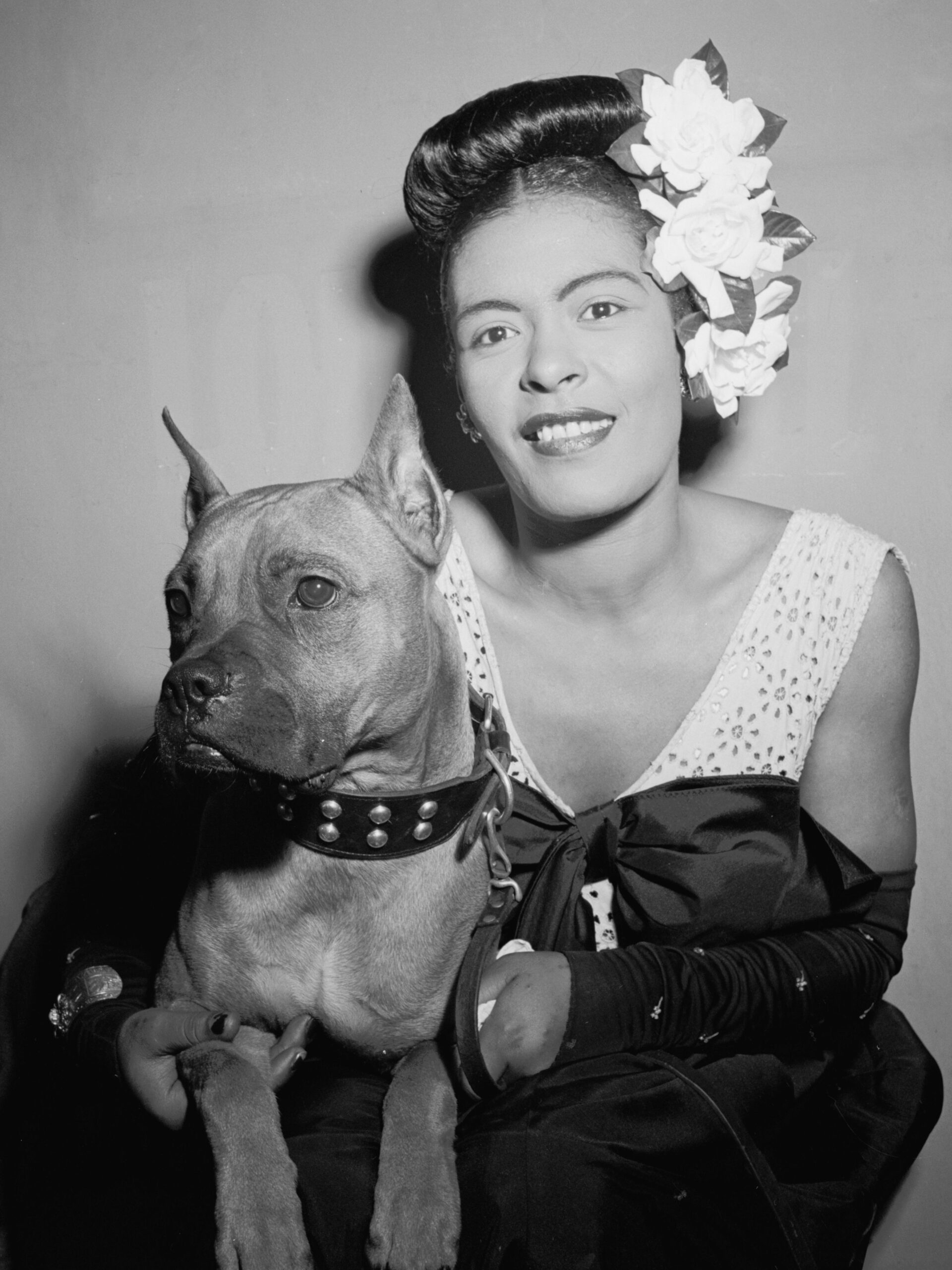
Lady Day was a beloved jazz singer whose renditions of “Strange Fruit” and “They Can’t Take That Away From Me” are still played. But after she was arrested for narcotics possession in 1947, she lost her cabaret card (a performing license) and was no longer allowed to perform in venues that sold alcohol, substantially reducing her potential earnings.
She continued to be a target for the police and was arrested for heroin possession as she lay dying of liver and heart disease in a New York’s Metropolitan Hospital. She was 44, and at the time of her death she had just 70 cents in the bank.
Bela Lugosi
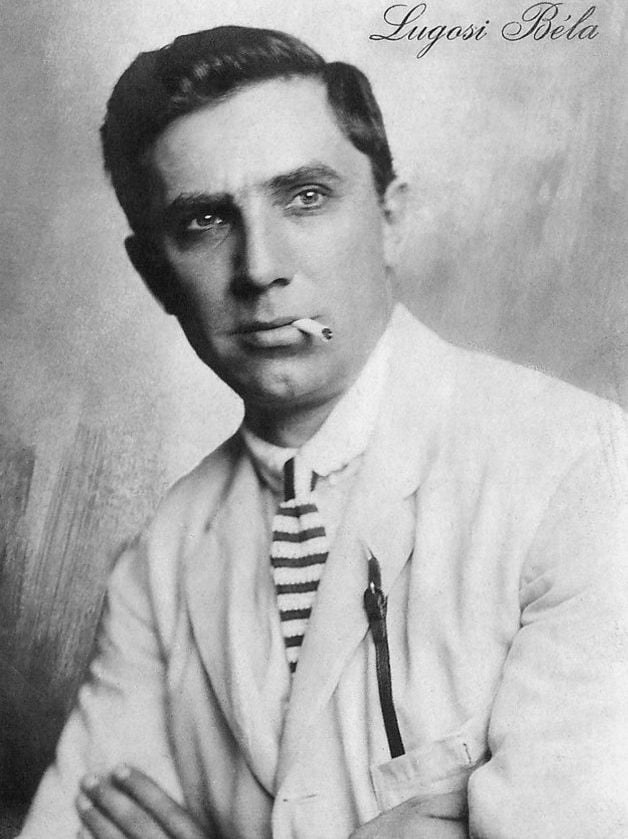
The Hungarian star of “Dracula” was troubled by typecasting as well as a dependence on methadone and morphine for his sciatic neuritis. His career dwindled before his death — he was taking bit parts in director Ed Wood’s low-budget films and living alone in a Los Angeles apartment. During this time, he decided to seek treatment for his longtime drug addiction.
When Frank Sinatra heard of Lugosi’s difficulties, he not only helped with his expenses but visited the actor in the hospital despite having never met him. A year later, Lugosi died of a heart attack at age 73 in 1956 with $1,900 in the bank and $1,000 in real estate.
Zora Neale Hurston
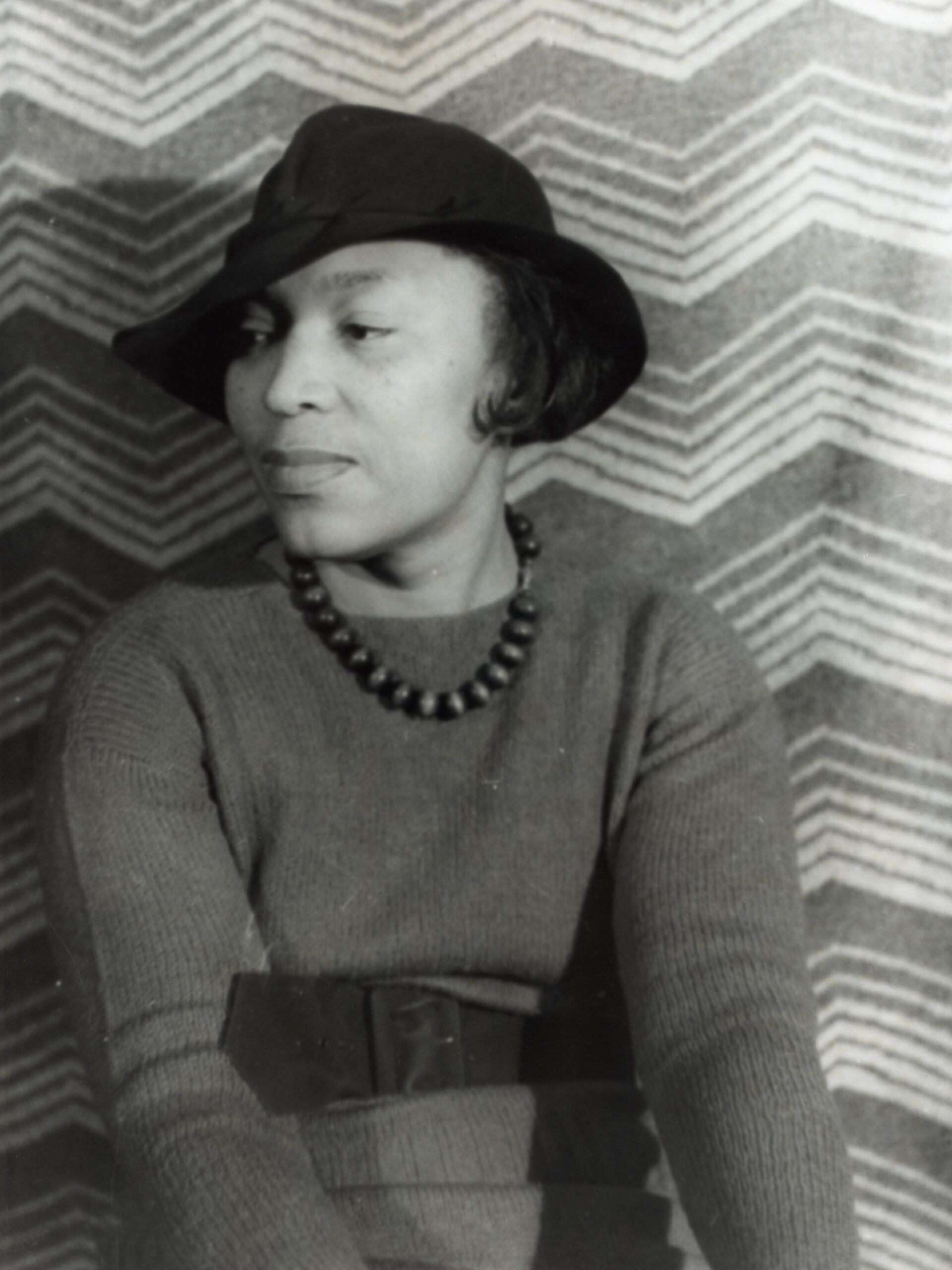
“Their Eyes Were Watching God” author Zora Neal Hurston was an esteemed anthropologist and writer, but toward the end of her life worked as a substitute teacher and maid to pay her bills.
She suffered financial and medical problems that ultimately led her to the St. Lucie County Welfare Home, where she had a stroke and died of heart disease in 1960 at age 69.
She was buried in an unmarked grave in Florida until 1973, when writer Alice Walker bought a headstone to be placed in the area her body was believed to be.
Charlie Parker

The alto saxophonist credited with creating bebop, Parker was also a heroin addict, a problem exacerbated after a near-fatal car accident. Things got worse for Parker after the death of his daughter Pree at age 3 in 1954, and he tried to take his own life twice that year due to depression.
In 1955 he died of a heart attack, and though just 34, the coroner who performed his autopsy estimated his age to be between 50 and 60 years old. Due to his drug use, being fired from jobs, and the unfair practices of the recording industry, he was broke when he died except for a $1,000 insurance policy. Lifelong friend Dizzy Gillespie paid for the transport of his body to Kansas for burial.
Aaron Hernandez

The New England Patriots tight end had more than money troubles to worry about at the end of his life. He was serving a life sentence in prison — for the murder of Odin Lloyd, a semi-professional player who had been dating the sister of Hernandez’s fiancée — when he took his own life at the age of 27 in 2017. His net worth at the time was $50,000 and his estate was valued at nothing.
Bobby Driscoll
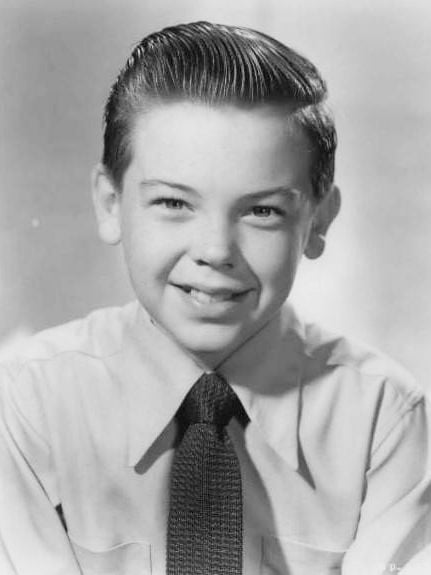
After being released, he was unable to find acting work. Though he briefly became part of Andy Warhol’s art community known as The Factory, that did little to revive his career. In 1968, he was found dead of heart failure caused by years of drug use at just 31 years old. Found penniless and without identification, he was buried in a pauper’s grave in New York City.
Oscar Wilde

“The Picture of Dorian Gray” author was one of the most popular playwrights in London in the 1890s, but when he was convicted of sodomy and gross indecency, his career was ruined.
He spent two years in prison and emerged to eventually move to Paris, where he lived in a dingy hotel. He wrote his publisher, “This poverty really breaks one’s heart: it is so [filthy], so utterly depressing, so hopeless.”
He contracted meningitis and died in 1900 at age 46, penniless and reliant on his long-suffering wife to send money.
For more financial stories, please sign up for our free newsletters.






